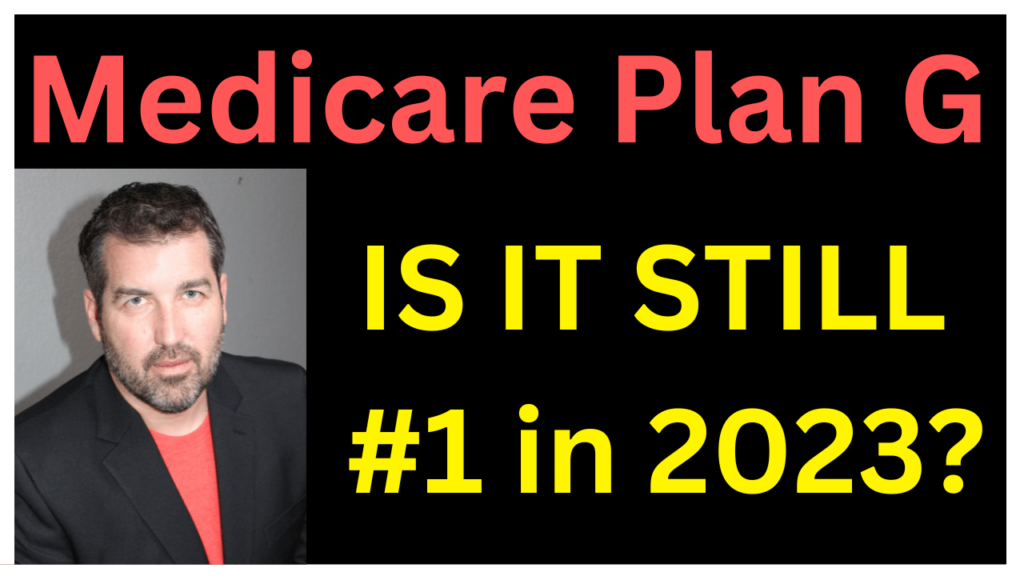Medicare Part C 101. Medicare Advantage, also known as Medicare Part C, is a type of health insurance plan offered by private insurance companies as an alternative to Original Medicare (Part A and Part B) provided by the federal government. Here’s a comprehensive overview of Medicare Advantage:
- What is Medicare Advantage? Medicare Advantage is a comprehensive health insurance option that combines the benefits of Medicare Part A (hospital insurance) and Part B (medical insurance) in one plan. In addition to these basic coverages, many Medicare Advantage plans also include additional benefits, such as prescription drug coverage, vision, dental, and hearing services.
- How does Medicare Advantage work? Instead of receiving coverage directly from Medicare, when you enrol in a Medicare Advantage plan, the private insurance company administers your benefits. Medicare pays a fixed amount per enrollee to the insurance company, and then the insurer takes over the responsibility of managing your healthcare coverage.
- Types of Medicare Advantage Plans: There are several types of Medicare Advantage plans, and availability can vary by location. The most common types include Health Maintenance Organizations (HMOs), Preferred Provider Organizations (PPOs), Private Fee-for-Service (PFFS) plans, and Special Needs Plans (SNPs).
- HMO (Health Maintenance Organization): These plans generally require you to use a network of healthcare providers and typically require referrals from your primary care doctor to see specialists.
- PPO (Preferred Provider Organization): PPO plans offer more flexibility in choosing healthcare providers. You can see both in-network and out-of-network providers, but the out-of-network services may cost more.
- PFFS (Private Fee-for-Service): PFFS plans determine how much they will pay to providers and how much you are responsible for when you receive care. Not all providers accept PFFS plans.
- SNP (Special Needs Plan): SNPs are designed for people with specific health conditions or characteristics, such as chronic illnesses or institutional residency, providing specialized and targeted care.
- Benefits and Extra Coverage: In addition to the basic Medicare benefits (Part A and Part B), Medicare Advantage plans often include additional coverage, such as prescription drugs (Part D), vision, dental, hearing, fitness programs, and other wellness services. These extra benefits can vary between plans, so it’s essential to review each plan’s specific details.
- Enrollment: To enrol in a Medicare Advantage plan, you must be eligible for Medicare Part A and Part B and live in the plan’s service area. The initial enrollment period typically starts three months before you turn 65 and lasts for seven months.
- Costs: Medicare Advantage plans often have a monthly premium in addition to the standard Part B premium. Some plans might have deductibles, copayments, or coinsurance for covered services. It’s crucial to compare plan costs, including deductibles and copays, before selecting a plan.
- Switching Plans: You can change Medicare Advantage plans during the Annual Enrollment Period (AEP) from October 15 to December 7 each year. Additionally, there is a Medicare Advantage Open Enrollment Period (MA OEP) from January 1 to March 31, during which you can switch to a different Medicare Advantage plan or return to Original Medicare with or without a Part D plan.
- Out-of-Pocket Maximum: Medicare Advantage plans have an annual out-of-pocket maximum. Once you reach this limit for covered services, the plan pays 100% of the Medicare-approved costs for the rest of the year.
Remember that the information provided here is a general overview, and specific details of Medicare Advantage plans can vary significantly between insurance companies and geographic locations. Before enrolling in any plan, it’s essential to review the specific details and coverage options to determine which plan best meets your healthcare needs and budget. You can find more information and compare plans on the official Medicare website or through Medicare.gov.


